We’re 19 years into the digital revolution of advertising.
Which means that companies have easier access to place their ads in front of wider audiences, at a cheaper cost.
Consequently, people have learned to adapt and selectively filter through the bombardment of ads they’re subjected to – making it harder for ads to stand out from the bustling crowd.
In fact, it’s estimated that Americans are exposed to as many as 10,000 advertisements each day.
However, there is a skill that can definitely set any ad apart from the rest, and that skill is copywriting.
Copywriting is the act of writing promotional text (the copy) while utilizing empathy and persuasion to get your visitors to take a particular action (an opt-in, purchase, download, etc.)
Why is mastering copywriting so important?
Because having good copy has the potential to stop a person right in their tracks to hand over their money.
It makes them want to buy your products, it convinces them that your good or service is worth more than the money in their wallet.
When is copywriting used?
At every communication touch point your business has with shoppers.
Ads, emails, product descriptions, overlay text on banners, etc. all require some form of copywriting.
And your copy must be consistent throughout each communication outlet, so developing a brand voice and tone is crucial for mastering the art of copywriting.
So, to help you boost sales and give you your proper introduction to copywriting, I’m going to go through:
Figuring out who your audience is has become easier than ever thanks to the expansive social network the internet now provides.
Between online forums, social media groups, and influencers with careers thanks to social media, we can figure out who our audience is and the way they speak so we can use their same style of communication.
The discussions button is a Chrome extension that allows you to refine your search results to show only discussion forums based on a particular niche you search.
This extension has saved my life…
…And my job.
This extension gives you free, unlimited access to discussion forums that exposes you to:
All you have to do to get access and benefit from Discussions Button is:
1. Download the Chrome Extension
2. Search a specific niche. The one I searched was Chihuahua, for two reasons – they’re cute and people who own Chihuahuas are literally, obsessed with them.
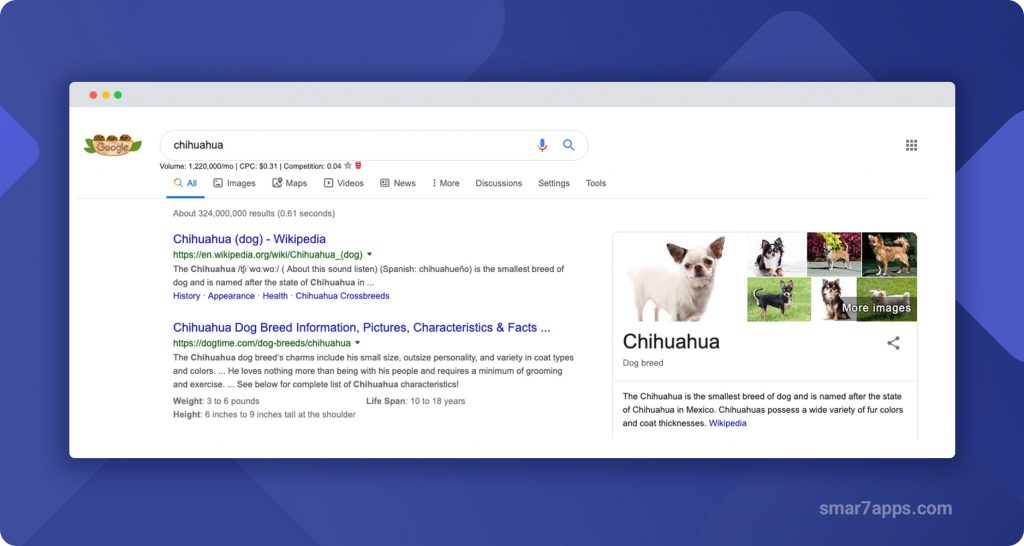
3. Click the discussions tab right below the search bar.
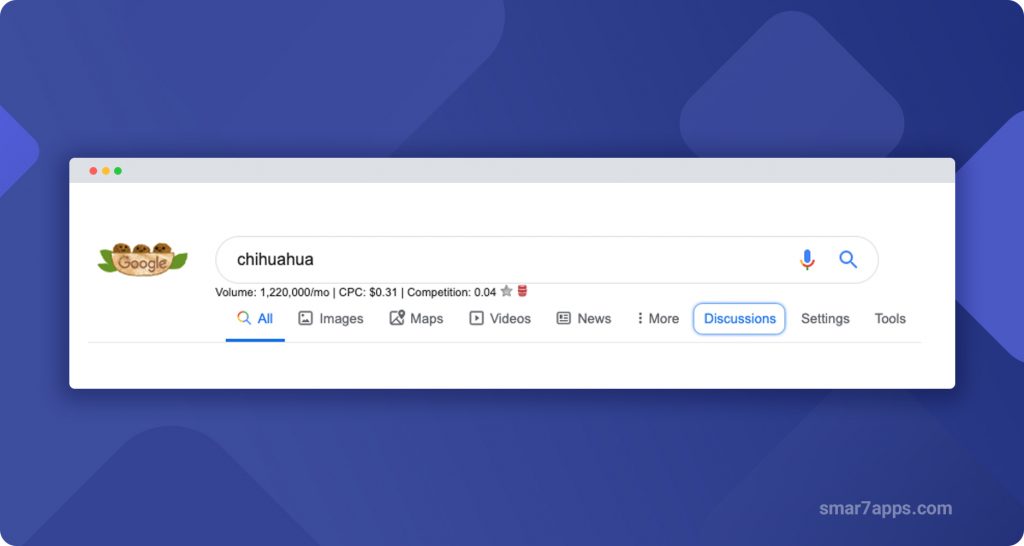
4. Click on any of the search results. Just like any Google search query, the top results will usually be the most relevant.
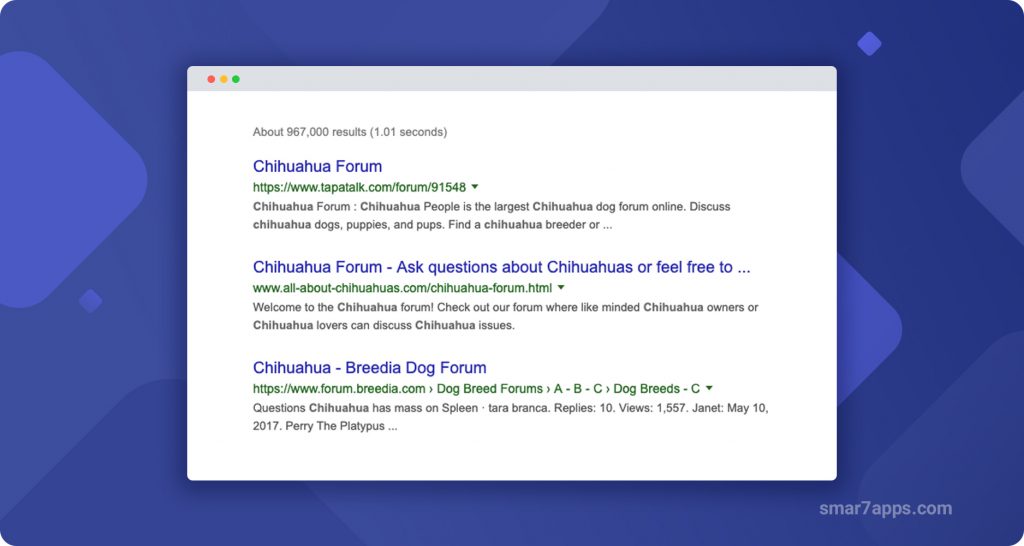
5. Enter the forum and observe or engage. I know I have mostly focused on explaining how you can see how your customers communicate, but below I have posted an image of a store owner candidly asking members in the forum what products they would like to see a new store have for their pets. So in addition to this copywriting gold mine, you can use it for product research as well.
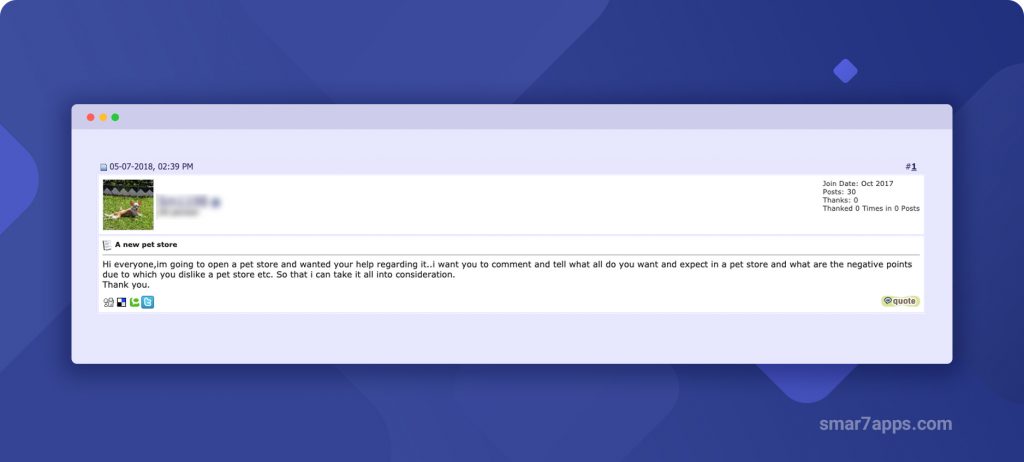
Searching for groups and fan pages of people, places, or things within your niche will also provide you with a breadth of communication styles to use to converse with your prospective customers.
Investigate the comments on posts to see how the members of the group communicate with the brand and each other.
Take note of the words they use to describe certain actions and the phrasing common amongst them.
Is their tone casual?
Do they expect a certain level of luxury?
Try engaging with the posts and members yourself to submerge yourself into the culture.
Influencers rely on their followers for job security.
Literally, without maintaining the status quo or being able to predict and set trends, they would be out of a career.
Instagram is a goldmine when it comes to observing how to communicate with your audience.
Observe their promotions, everything from the products they’re promoting to the way they market them and even the social engagement they get on each post.
Use the same wording they use – don’t flat out copy promotional materials, but do use the same style of conversation.
By now I’m sure that you’ve noticed I’ve emphasized speaking with your audience.
That’s because you want to avoid talking at them.
Copywriting should feel more like a 2-way conversation that is entertaining, informative, helpful and engaging.
Your customers should never feel confused, irritated, or impassive after reading your copy, which is why it’s important to develop a voice and tone for your brand as well as feeding into the desires of your audience.
Having a defined voice and tone are integral to maintaining a distinct brand image.
Once established, the voice and tone should remain consistent throughout all forms of communication, such as:
Your brands’ voice expresses the personality of your business.
The voice determines the vocabulary you use, the rhythm of your prose, and how you convey your message to your audience.
You will have different tones for your voice, but your brands’ voice remains consistent.
Think of it this way – when you are speaking to different groups of people, your voice never changes, but the way each group is addressed varies on the situation.
You can best determine what your brands’ voice and tone should be while searching for your audience.
Humans are biologically equipped with 8 basic desires:
Desires are types of tensions a person feels when their needs aren’t met.
And the best way to tap into your customers’ desires is by explaining how your product benefits them through that product’s features.
People often confuse benefits with features and focus on solely selling through the features of a product.
This is the first critical mistake people make when writing copy.
Your customers are only concerned with one thing: “What’s in it for me?”
They are only interested in what they get out of the exchange, they don’t care if a product is ‘high-quality’, ‘beautiful’, ‘unique’ …
… They want to know how their time and money will be reimbursed by the value the product adds to their life.
So let me distinguish between the benefit your customer gets from the features of your product.
Benefits are the values your customers gain from purchasing your product.
Features are the components of your product.
The features are the attributes whereas the benefits are what people gain from those attributes, and those gains seduce people to buy.
Your copy should solely focus on benefits and tell your customers how their lives will improve, you answer, “What’s in it for me?” by feeding into their desires.
Completion of your research from the preceding paragraphs will give you the tools and insight to complete this exercise.
And it will be the only go-to exercise you’ll need to create effective copy.
Fill out all of the blanks and use the bullets as a framework for copywriting.
You will need to tap into your audiences wants, needs, and desires in order to figure out how to persuade them to make the actions you want them to take … purchase your products.
If you want some practice and constructive criticism, feel free to think of this section as an assignment that you submit into the comments section below.
In response, I’ll provide feedback on what you’ve done right and the improvements you can make!
As mentioned previously, the average person is ambushed by 10,000 ads in a single day.
In order to have your ads stand out, you need to start using a mix of psychological tactics as well as modern marketing methods to convince your shoppers that they need whatever it is that you’re selling.
Copywriting is all about evoking emotion and becoming an all-star persuasionist by utilizing empathy.
People buy based on their emotions and justify those purchases with logic.
Keep that in mind while writing your copy because your copy should force an emotional response by touching on a basic want or need which will lead to sales.
Feeding into your customers’ egos will be the quickest way to drive a sale.
If someone believes their personal image and ego will match or inflated by your product, then they will purchase.
Purchase potential is magnified when you appeal to characteristics that society deems desirable such as intelligence, wealth, and physical attractiveness.
How do you feed those desires?
Benefits.
At the end of the day, your customers aren’t buying the features of the product, they’re buying the benefits the product will add to their lives.
Probably the most effective piece of advice I’ve read on copywriting is that by author Drew Eric Whitman.
“The first use of any product is inside the consumers’ mind.”
By using specific sensory words, you are able to implant a motion picture inside the minds of your customers, one of them physically interacting with your product.
You can help them envision taking advantage of all the benefits your product will offer them.
Through these mental movies, you will increase their desire for your product.
The words, “listen, look, touch/feel, imagine” are highly powerful words when it comes to writing good copy.
Avoid using passive tense and focus on using action verbs.
With that being said… stay away from adverbs.
They don’t add value to your mental movie, only fluff, and confusion.
As Stephen King has famously said, “The road to hell is paved with adverbs.”
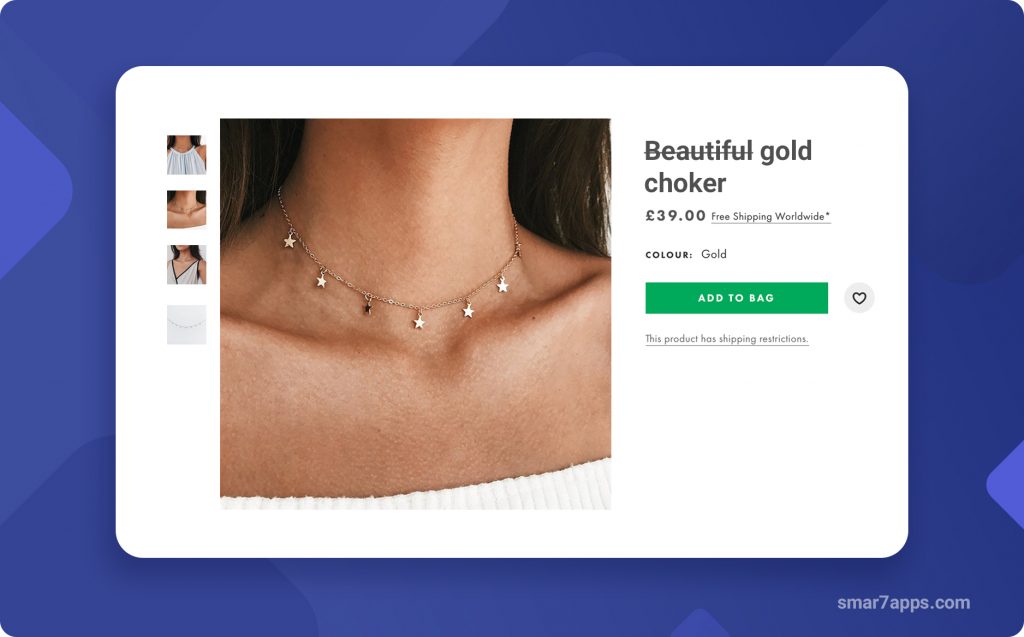
Stick to one idea, emotion, and response each time.
Simple copy is straightforward and informative.
Long sentences and words take longer for your customers to comprehend, and the more thought a person puts into something the more detached they will become.
Avoid complex sentences, words, and storylines – the best way to say something is usually the shortest way.
There is a readability score, called the Flesch-Kincaid score, that should always stick to a 5th-grade reading level. Stick away from abstract wording or words that have too many syllables.
Since we are on the topic of simplicity, write your copy as if you are speaking to one person only.
Copy loses its weight in strength and persuasiveness when it’s clearly directed at an audience instead of the individual.
Go heavy on the ‘you’, ‘your’, and ‘yours’ within your copy.
Rereading your copy back aloud to yourself not only stops spelling errors but also saves you from sounding like you haven’t graduated 2nd-grade English.
We’re all guilty of constructing some silly sounding sentence structures, myself included, so if it reads back in an odd or funny matter … chances are it will confuse your customers.
And I get it, writing copy can be daunting. Sometimes you get writer’s block and sometimes you just aren’t in the mood.
The best way to tackle this is to just roll up your sleeves and do it.
I honestly make about 3 rough drafts (filled with nonsense) before I edit it (with a lot of help) into something comprehensible.
And I always reread my words out loud.
Don’t get discouraged if your copy isn’t generating skills the second you publish it.
Copywriting is all about testing … and more testing.
There are some days I spend two hours just writing headlines, well, practicing writing headlines.
The more you practice copywriting, the more monetary return you’ll see on your efforts.
I was once told that no great copywriter completes their work in less than an hour…
… And that was just referencing emails.
E M A I L S!
Not product descriptions, ad copy, or even an about us page, but an email that includes maybe 4 sentences, a subject line, and a sign-off.
As dreadful as writing may be for you, you have to be patient because no one writes great copy on their first try.
To really wrap this first official SMART copywriting post up, I advise you to check out our free Copywriting Bible PDF.
The Copywriting Bible allows you to revamp your product descriptions by going through multiple well-known brands and dissecting their copy for various products in a variety of niches.
The Copywriting Bible also delivers more insight into the psychological and marketing tactics these multi-million dollar companies use that you can start implementing for your own promotional material.
Download your free Copywriting Bible today and leave your copywriting assignment in the comments below!
Thank you. I enjoyed reading this article. However I could not download the ‘The Copywriting Bible PDF’. Not sure if its still available for download or not.
Good stuff thank you!
Don’t mention it, Spencer! There will be more to come regarding copywriting for you Shopify store 🙂
Thank you for this! It was extremely helpful! I will attempt to use these techniques. ???????? .
Awesome, Edward! Glad you enjoyed 🙂 feel free to practice in the comments and we’ll give you feedback